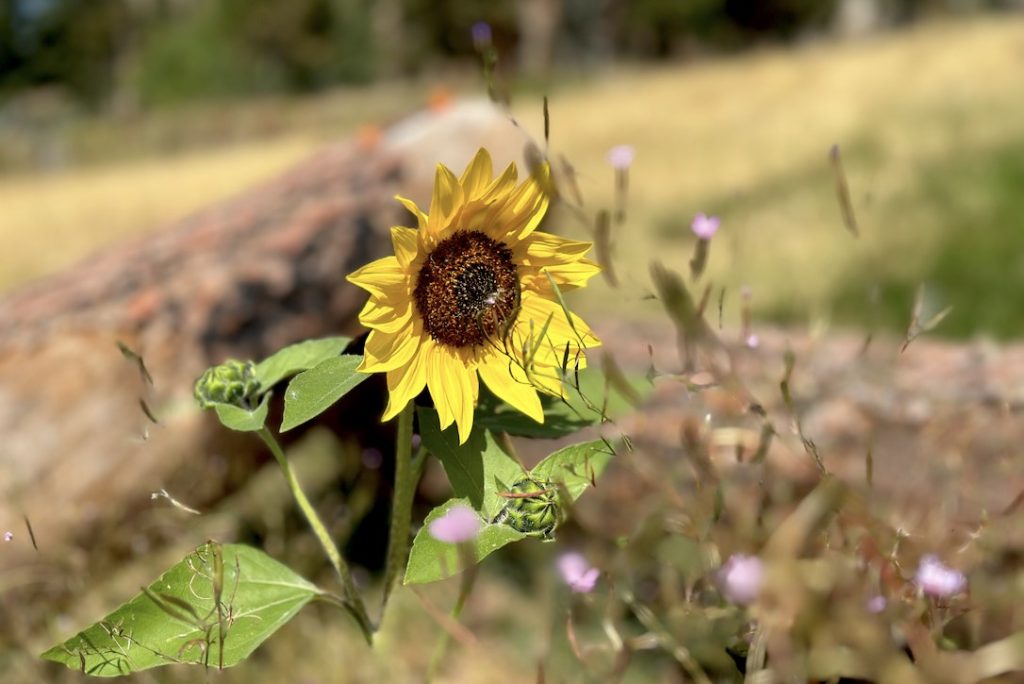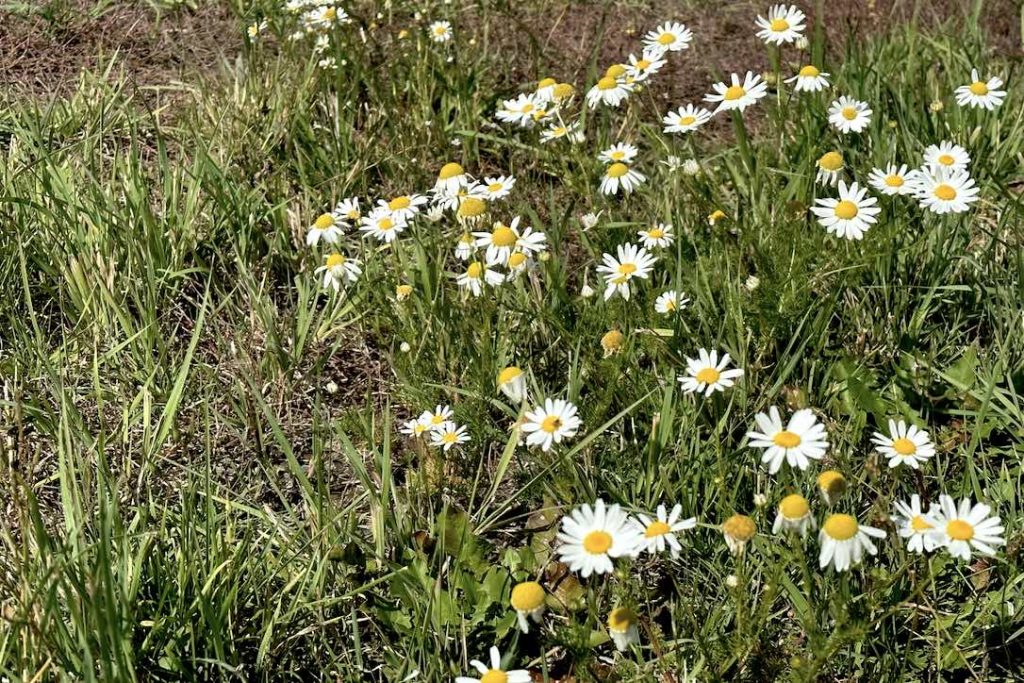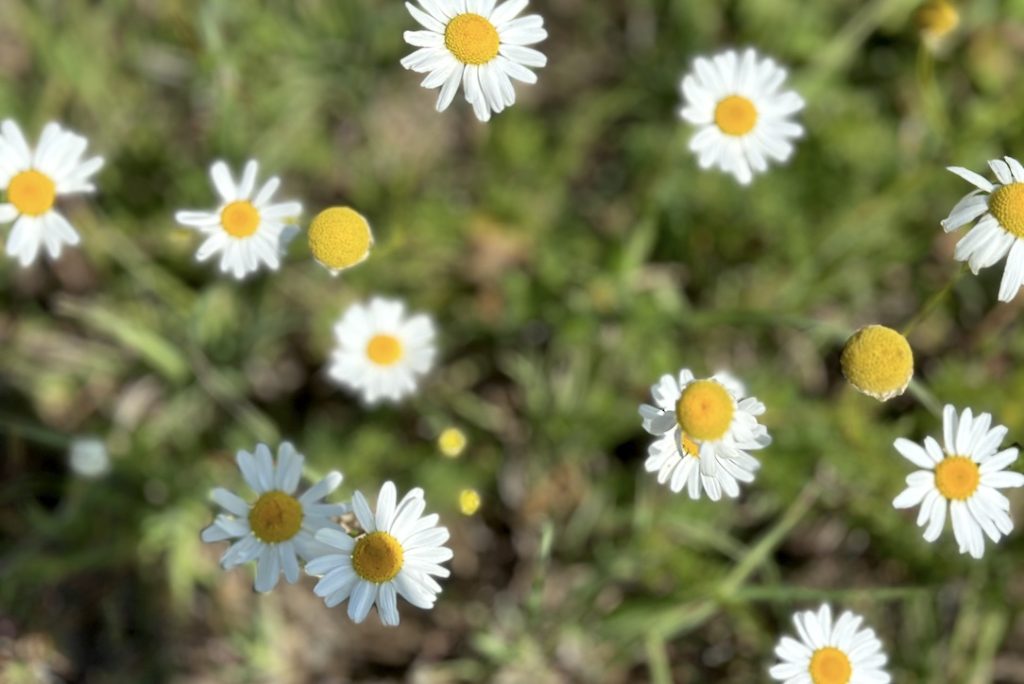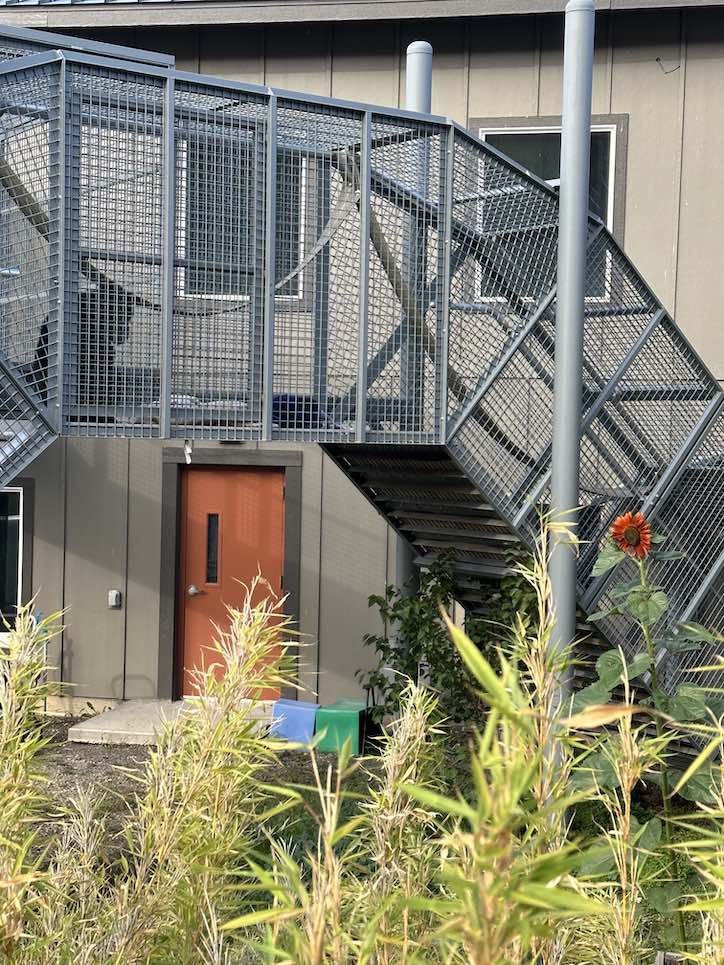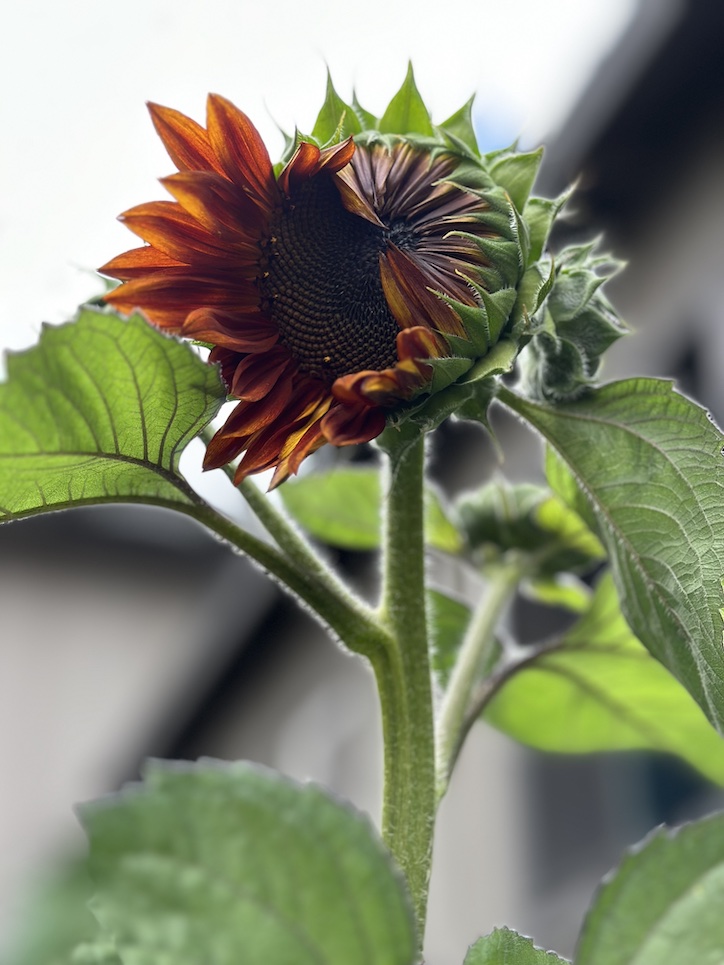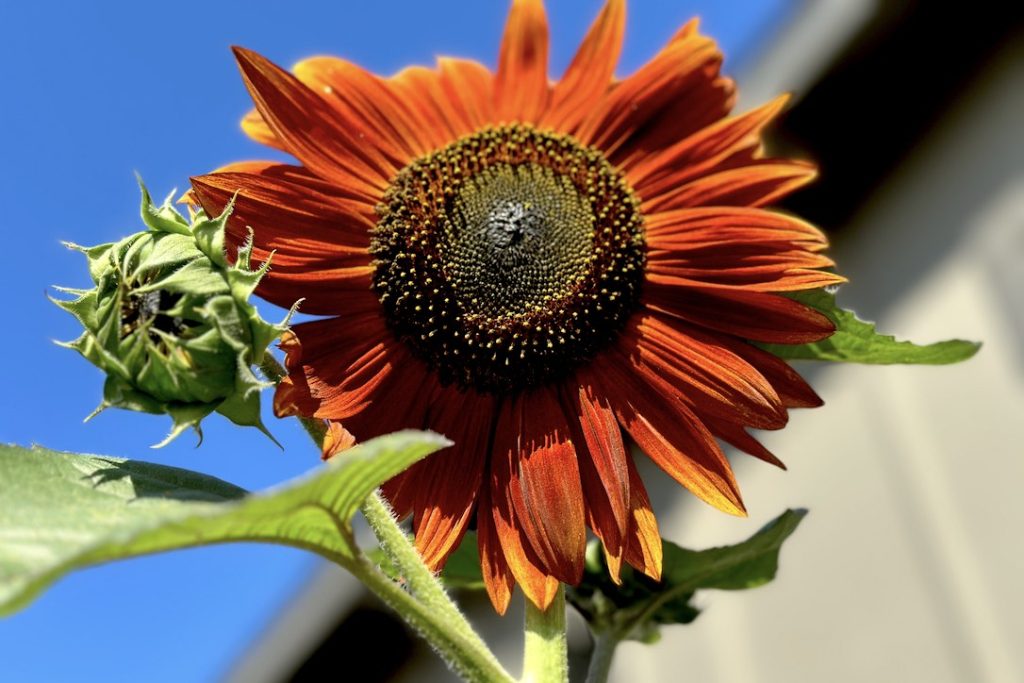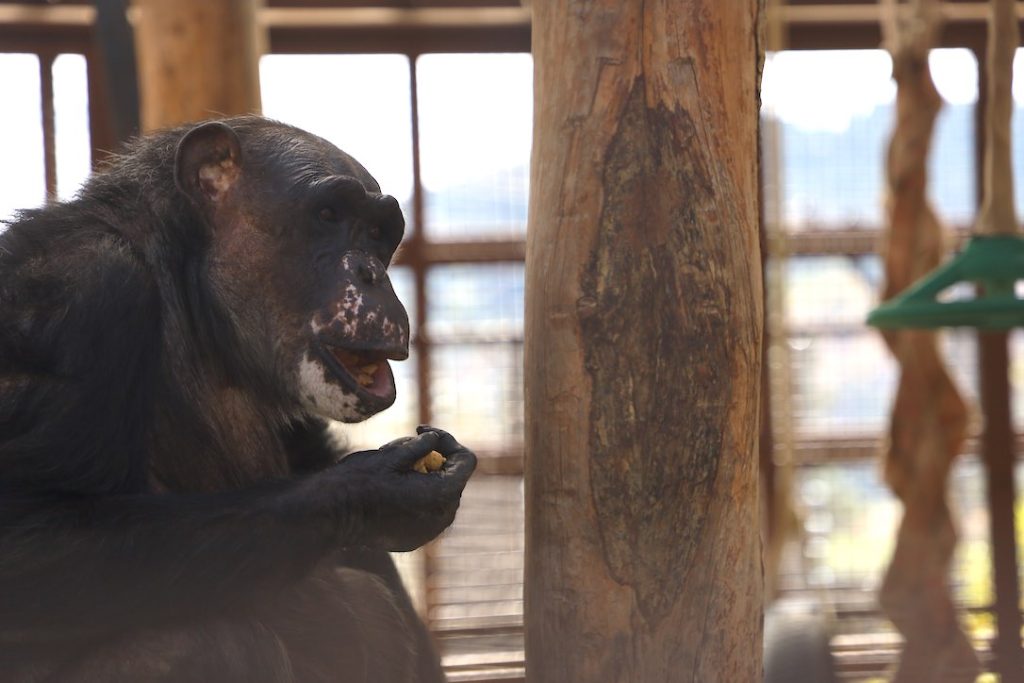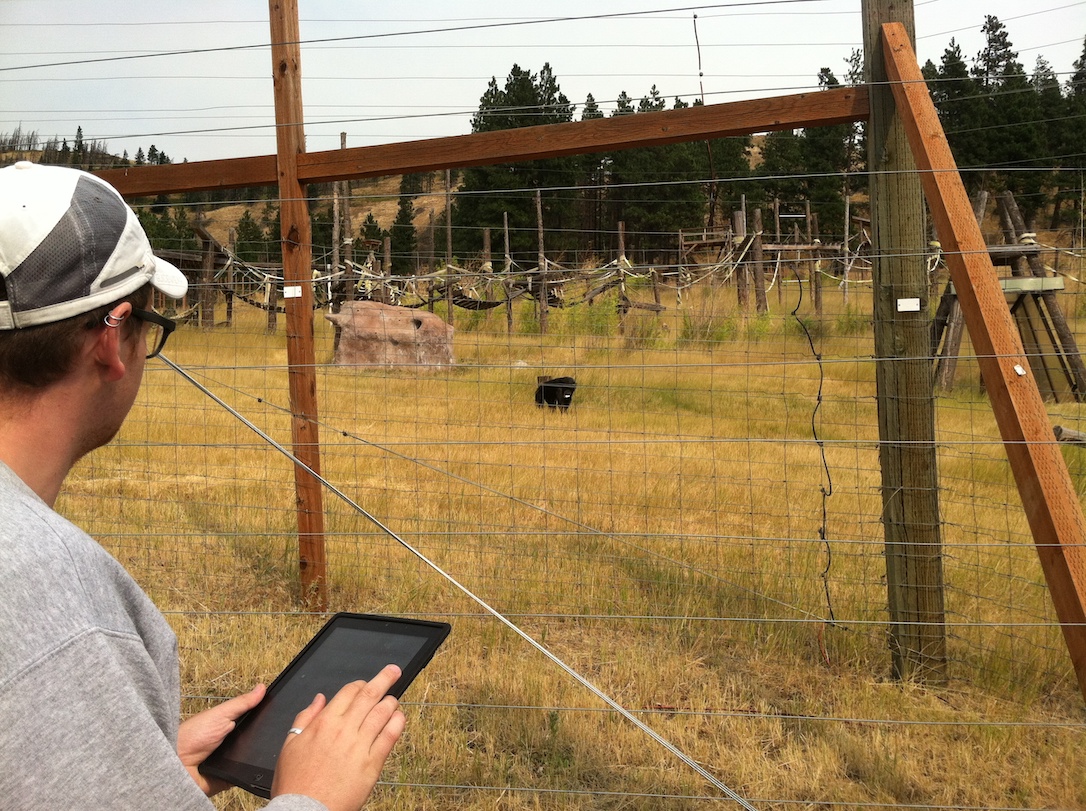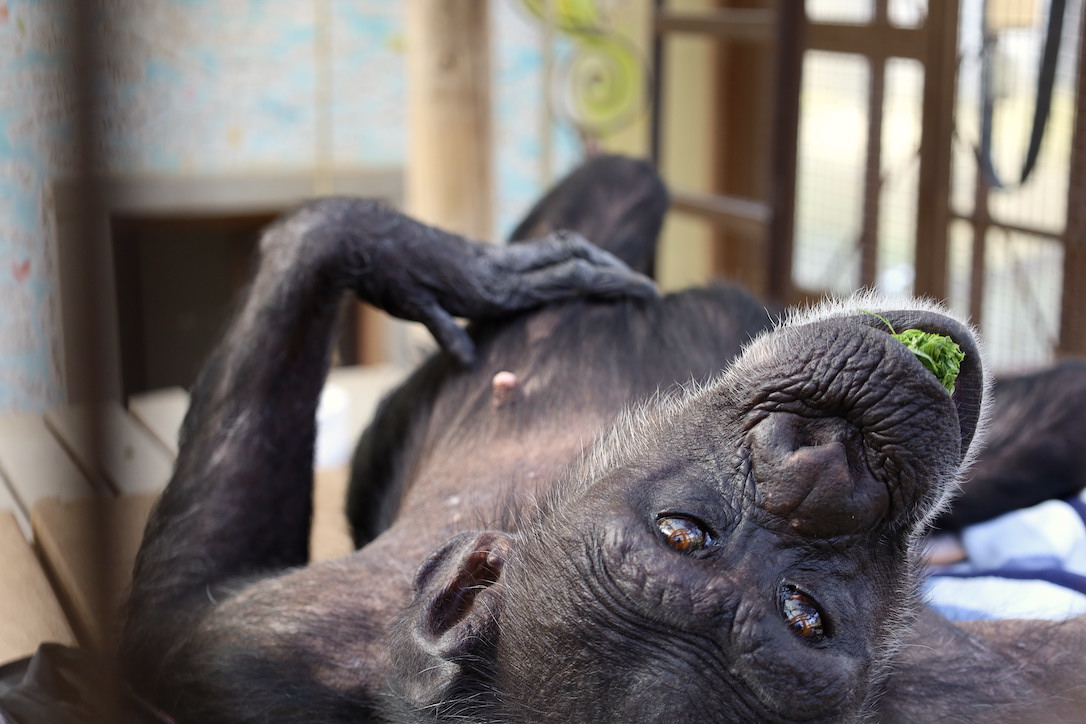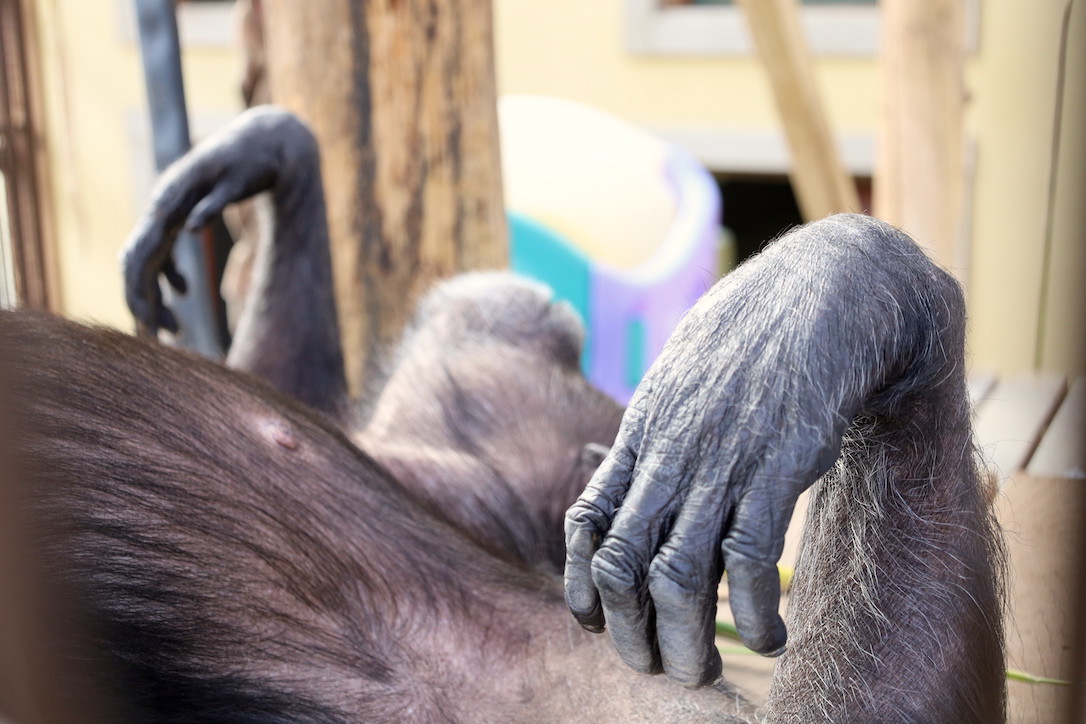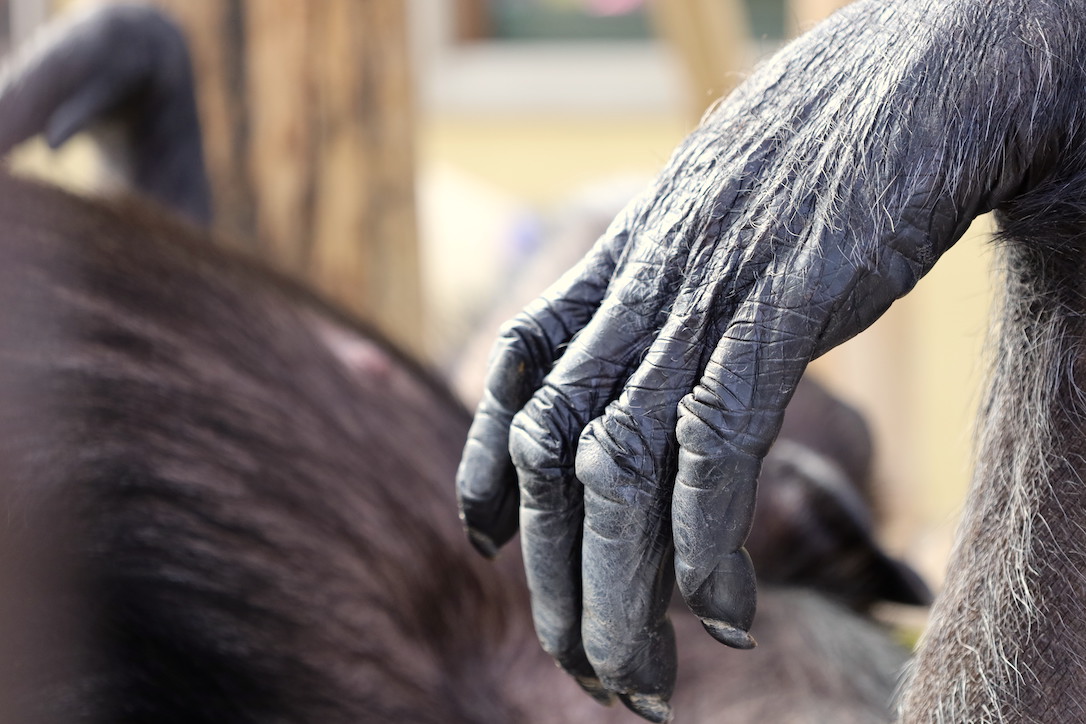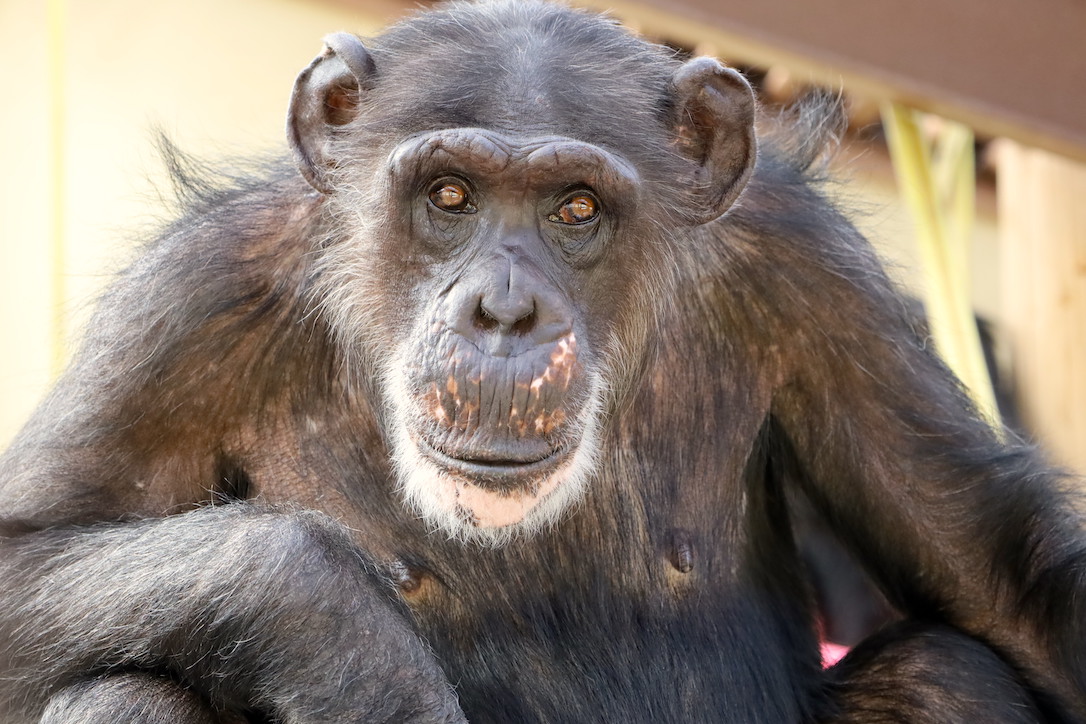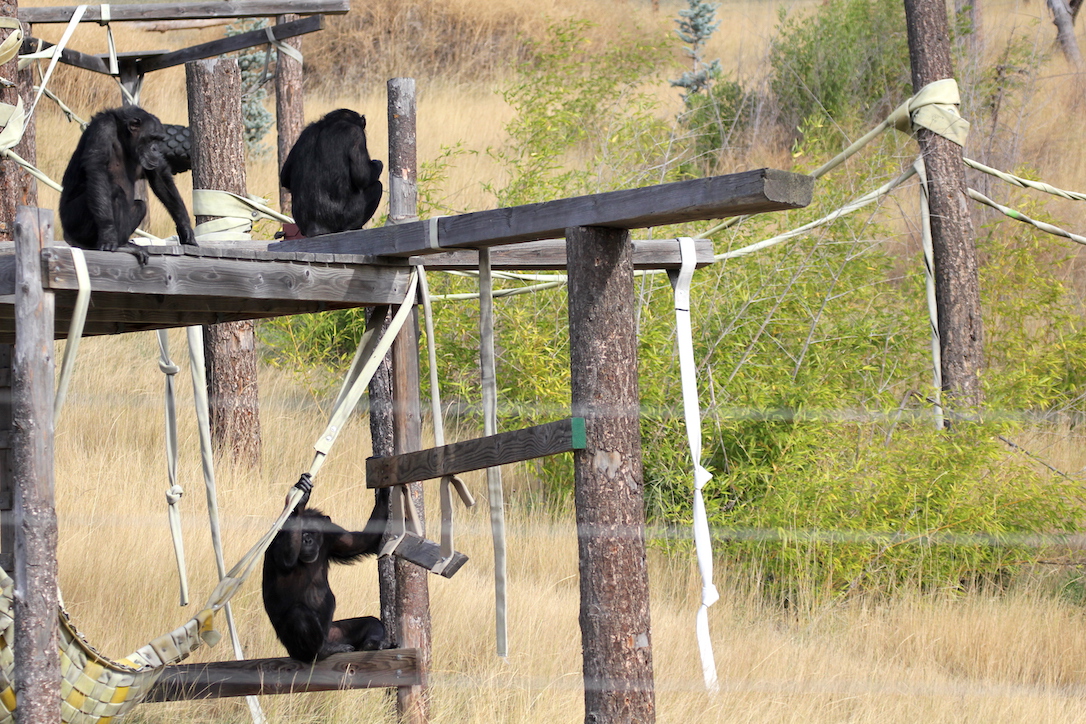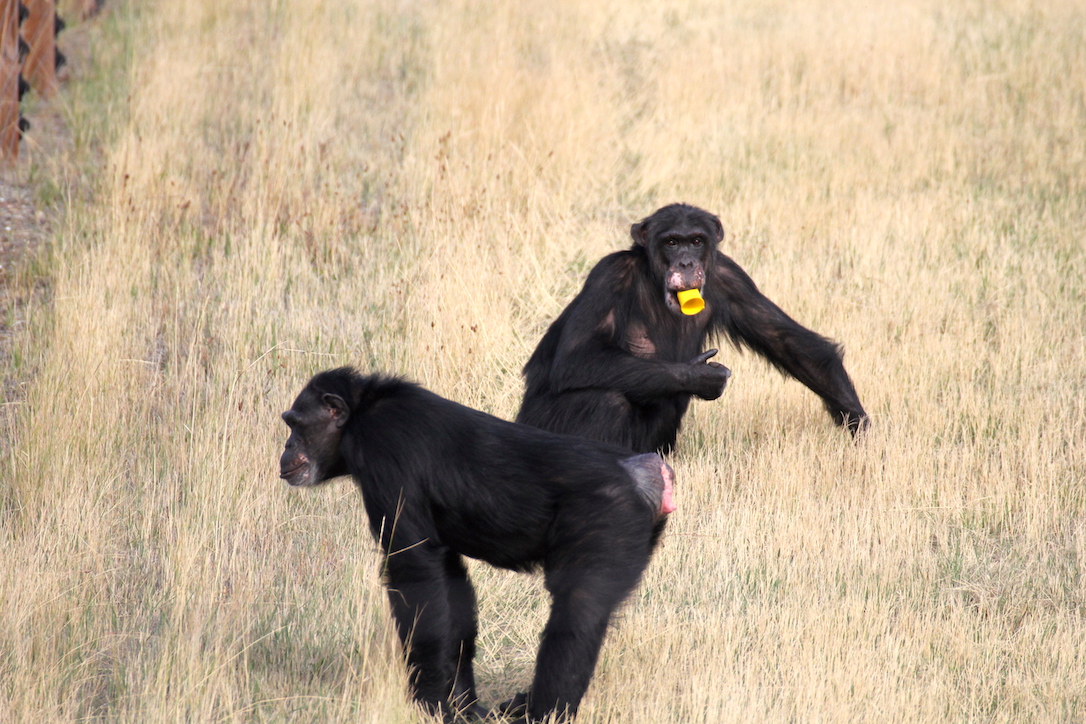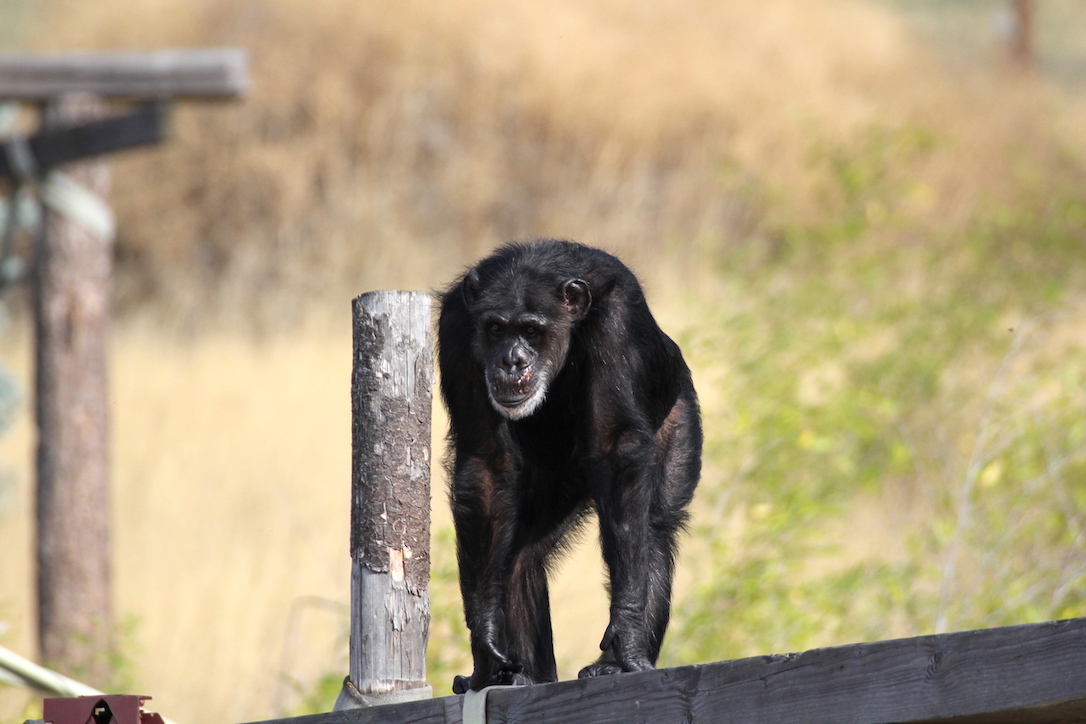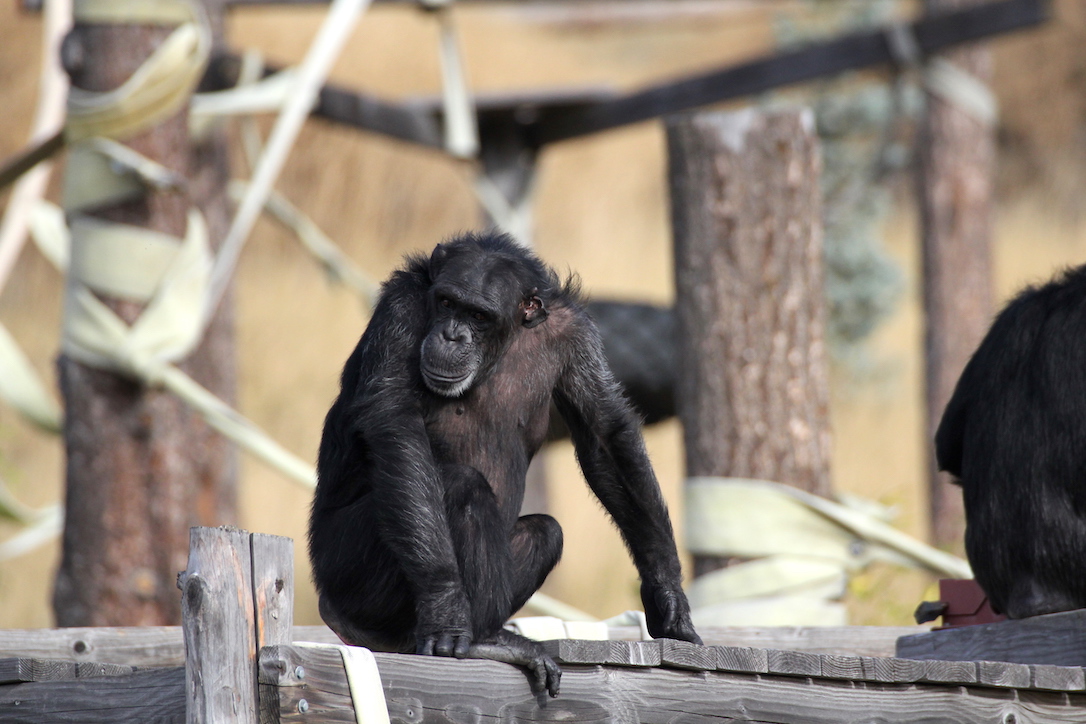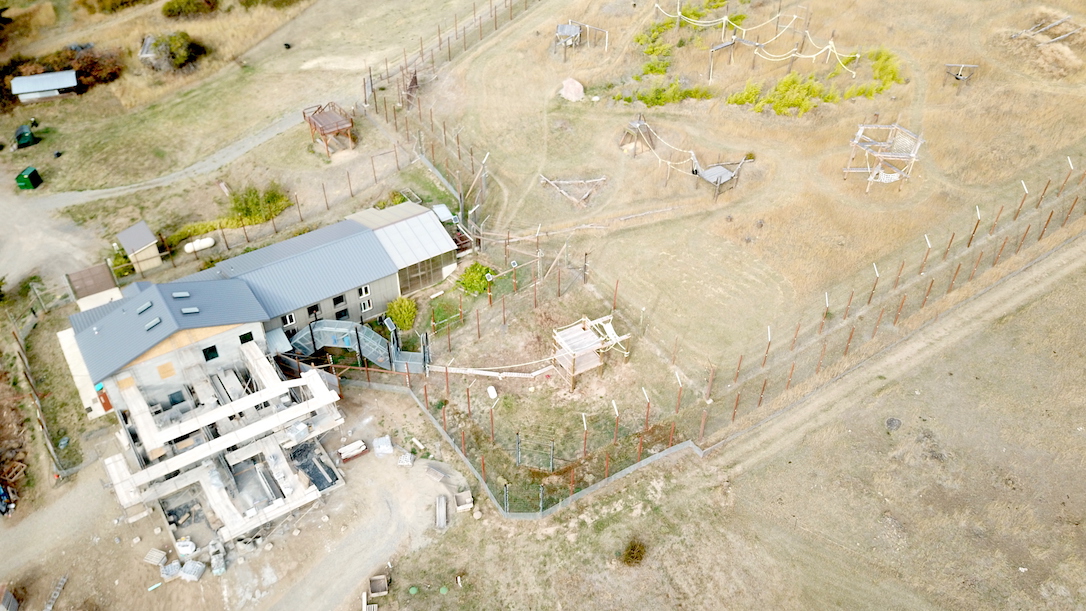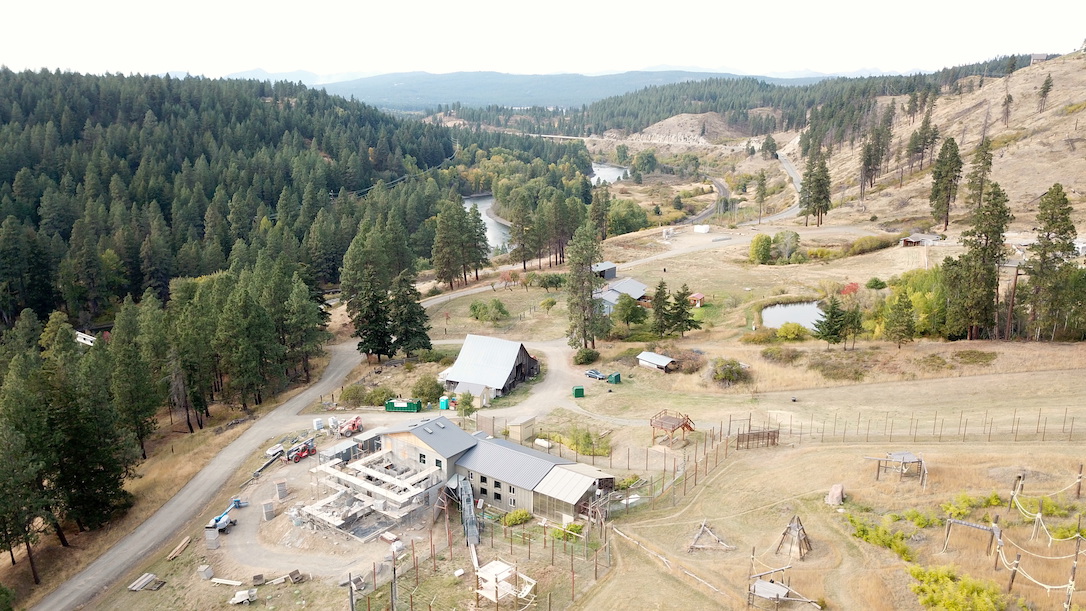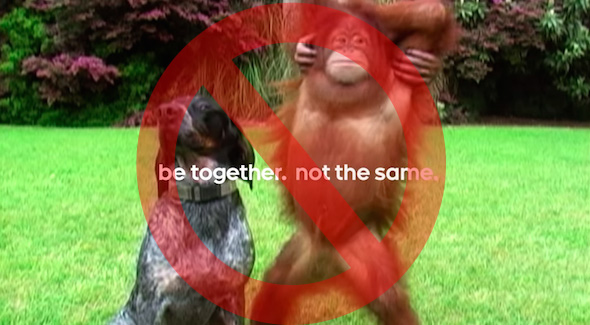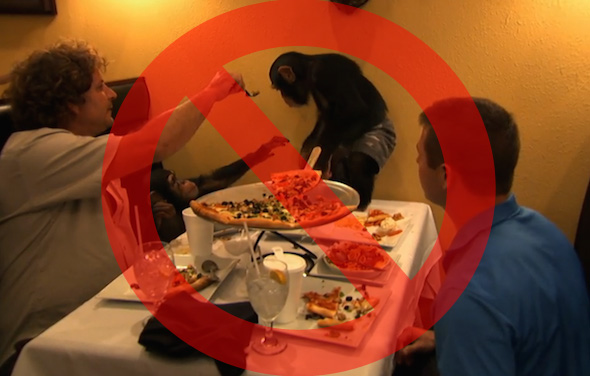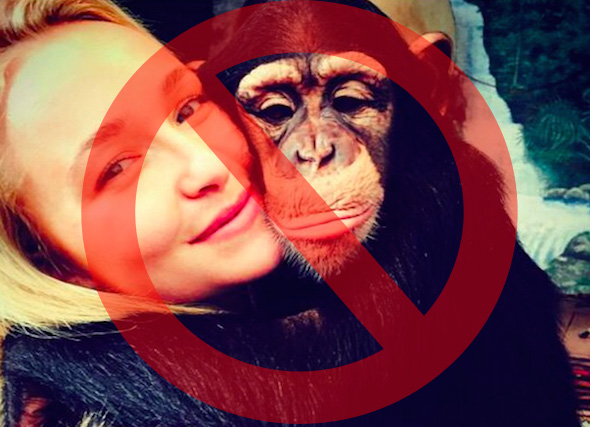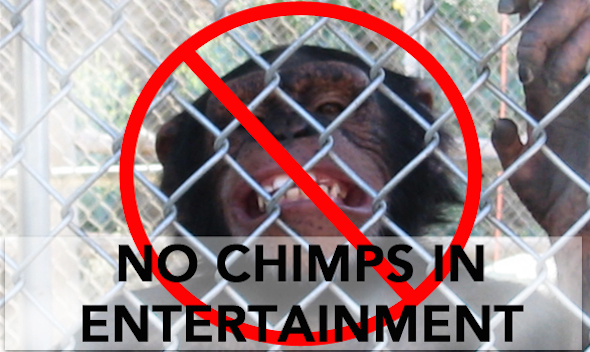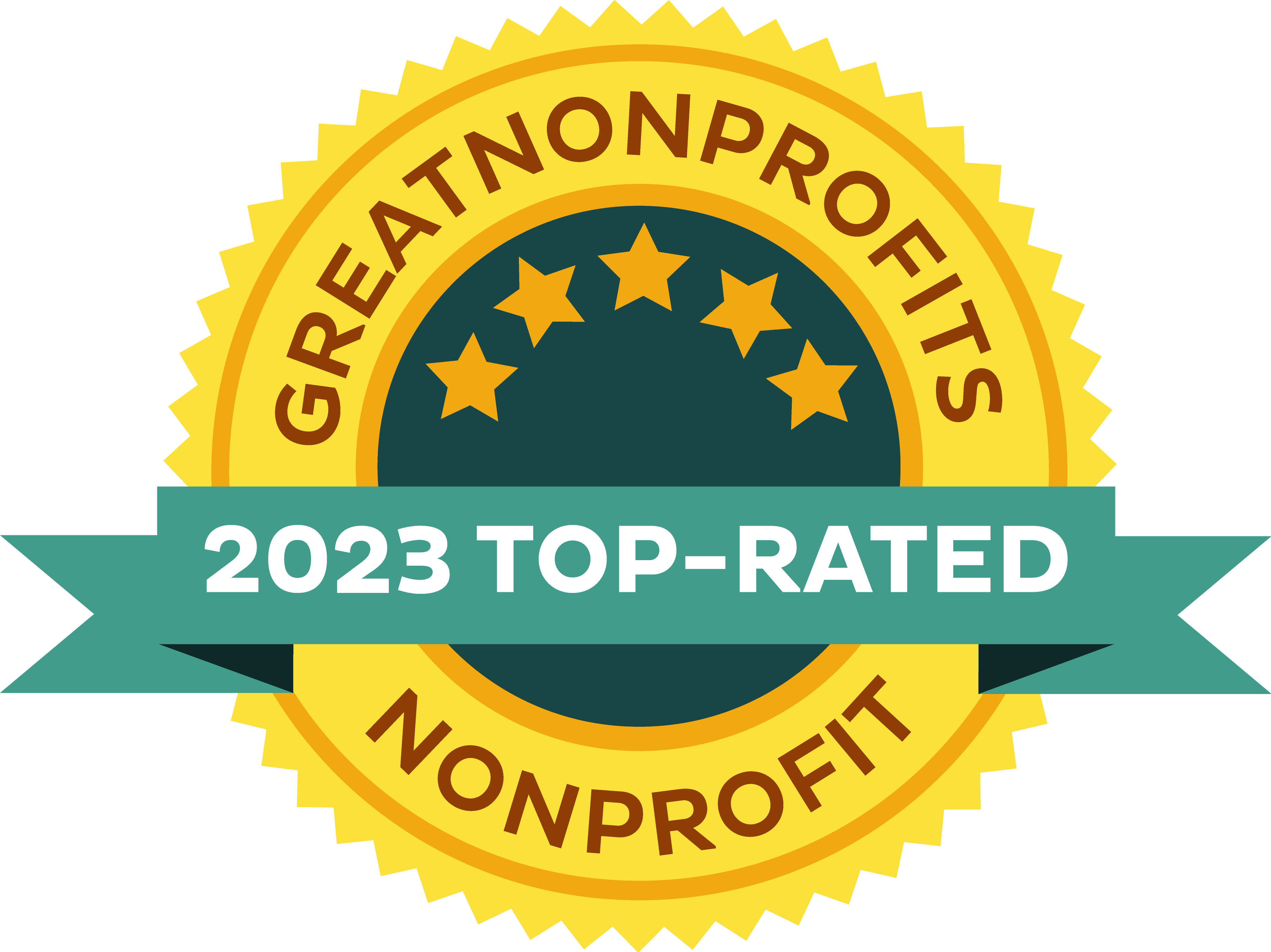Crafting public messaging for a sanctuary can be challenging. As you all know, we tend to err on the side of transparency with Chimpanzee Sanctuary Northwest. One reason that I think we are able to do this (aside from having the best supporters in the world who take the time to really get to know the sanctuary) is that we share so often and include the many different voices from the caregivers who post to this blog.
As a community, I think sanctuaries and animal welfare organizations (us included) can do themselves a disservice by presenting the story of the animals in our care in very black and white terms, sometimes implying that after they are rescued or released from their past lives of exploitation, they never have a bad day again. We know on an intellectual level that this is not possible. As intelligent, emotional, and social beings living in a complex environment, all animals, no matter their circumstances, will continue to experience pain, fear, boredom, depression, and all of the other emotions that they have evolved to experience. At the same time, we want, with all of our hearts, to believe that sanctuary = a paradise free from any negative experiences. Everyone is a sucker for a happy ending.
And sometimes the messaging in our field emphasizes that unreachable ideal. So, when an animal does have a bad day, or gets hurt, or is struggling with an emotional or social issue, followers (particularly the more casual followers who may not know as much about a sanctuary) can become disenchanted and accusatory, which could lead, ironically, to a sanctuary being less transparent.
Of course, there are facilities out there that are truly not good for a variety of reasons. Unfortunately, anyone can call their place a sanctuary. These facilities (I’m thinking of Myrtle Beach Safari, as an example), may have a very polished social media presence with multiple trainers that have millions of followers, all the while they deal in wildlife trafficking, dangerously misrepresent the true nature of the animals in their care, and grossly exaggerate (to put it mildly) their claims of giving funds towards the conservation of endangered species.
It’s frustrating.
All legitimate sanctuaries [important side note: Check this page on our website for tips and links on how you can tell a legitimate sanctuary from a pseudo-sanctuary], want the best for those in their care and they want people to support their efforts to make this happen. It can feel risky to open up and share the difficult times or just the reality of captivity, like the fact that the chimps are inside and “behind bars“). But, if all we ever shared were the chimpanzees in their outdoor habitats and never talked about the hard days, it would give everyone the wrong picture and create an ideal that no sanctuary could live up to.
To be quite honest, though, Chimpanzee Sanctuary Northwest is pretty great :). The animals here experience a good life. Not a perfect life, not a life devoid of all suffering, but a good one.
Here are some photos of flowers blooming all around them, to disprove my point about it not being all about sunflowers:
This is a sunflower that came up spontaneously, we think from a discarded or digested sunflower seed from the chimpanzees. They are becoming their own gardeners!
I’m not sure where these came from. I just noticed a small field of them on Young’s Hill. They look like chamomile to me.
Here’s an update on that tall sunflower that I wrote about a couple of weeks ago. With the chute and door behind for scale, you can see how tall it is!
This was a few days ago:
and this is how it looked this morning:
And here is 50+ year old Negra, more than 15 years into her sanctuary life, thoroughly enjoying part of today’s lunch forage:
